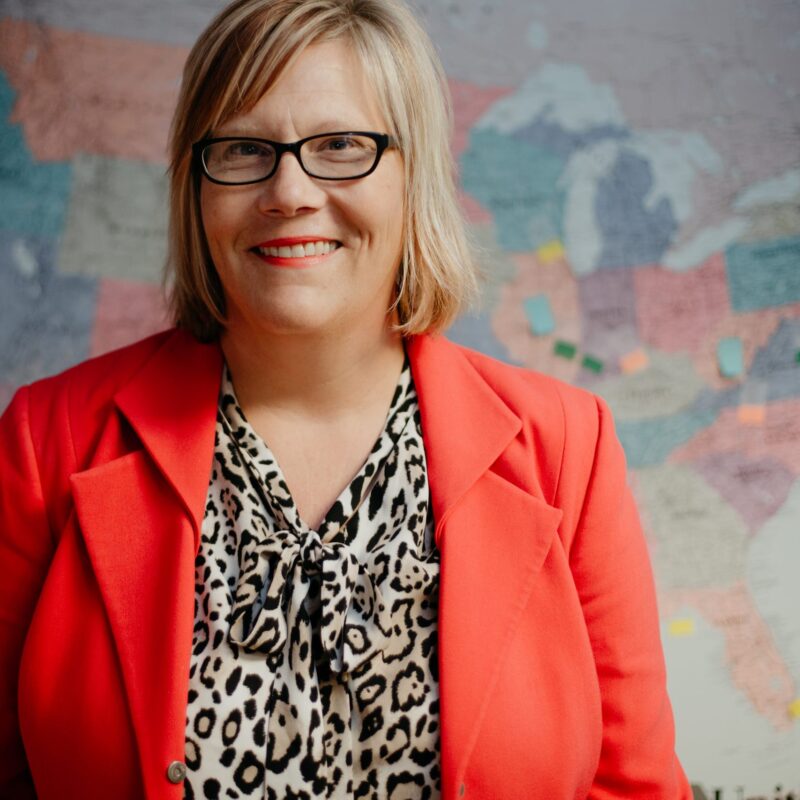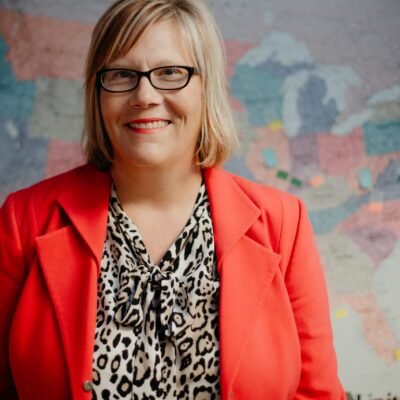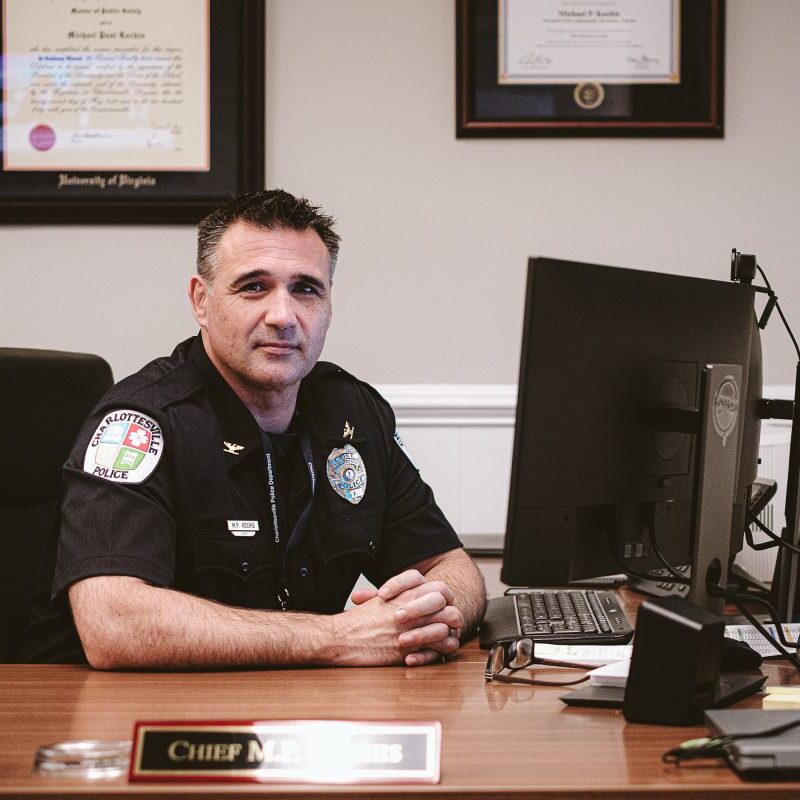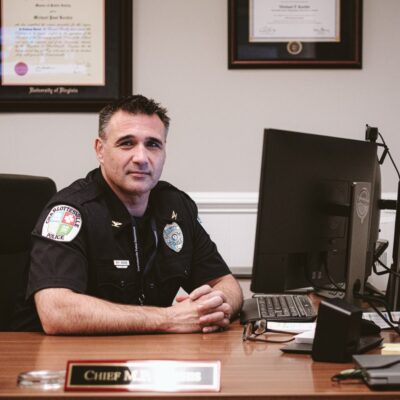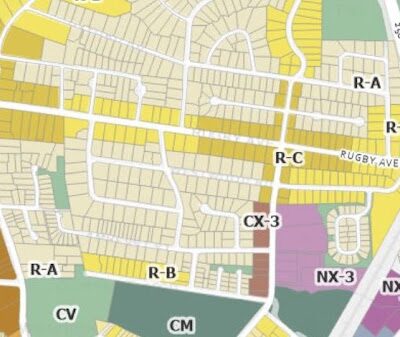He is the CEO of the Blue Ridge Area Food Bank Network, whose Charlottesville branch is located at 1207 Harris St.
|
Tanya Sperl, who is now a volunteer at the Blue Ridge Area Food Bank Network, was once a client. “Coming to the food bank is more than just getting food. It’s getting hope, relieving the stress,” she says. According to the United States Department of Agriculture, the number of Americans who are struggling to put food on their family’s table has increased to 14.6 percent from 11 percent in 2007. For families with children, the percentage is even higher at 21 percent. |
The food bank is a bulk supplier to local churches or organizations, such as the Salvation Army, that operate food pantries and soup kitchens. The food bank also helps schools distribute snacks to kids and individuals, who can go directly to the food bank one time. There they’ll receive about 62 pounds of food for a family of four, help applying for the Supplemental Nutrition Assistance Program (SNAP), formerly called food stamps, and a list of nearby pantries and kitchens.
Through those outlets from Charlottesville to Lexington and Winchester, the food bank expects to distribute 18 million pounds of food this fiscal year. That’s nearly double the amount of two years ago and translates into 1.8 million meals in the Charlottesville area alone.
“When it comes to clients,” adds the food bank’s Director of Communications Ruth Jones, across its entire region, “we’ve seen the clients go from about 65,000 to 70,000 people served each month, to 83,000 to 90,000 people each month. Over the next few months, we expect to serve close to 100,000 people in one month’s time.”
According to numbers released by the United States Department of Agriculture, the number of Americans who are struggling to put food on their family’s table has increased to 14.6 percent from 11 percent in 2007. That’s one in seven Americans, the highest rate of “food insecurity” since 1995. For families with children, the percentage is even higher at 21 percent.
So far, government contributions and donations from food manufacturers, grocers, and individuals have handled the Food Bank’s strain. Even a one-dollar donation provides three meals because of the food bank’s buying power and its efficiency. According to Zippin, 94 percent of funds go directly to food, and food is typically served within three days of arriving at the food bank. “Keep giving, keep giving,” Zippin says. “We need every can. We need every dollar. I rue the day when the generosity of our donors lapses or government support shrinks.”
The surge in the hungry also strains Charlottesville’s Department of Social Services, which administers SNAP, and is handling its highest-ever load. In September, 5,099 city residents—almost 1 in 8—participated in SNAP. That’s a 3 percent increase in just two months, and a 29 percent increase since July 2007. People also seem to need more time getting back on their feet.
Tanya Sperl is a volunteer at the food bank and she says, “Coming to the food bank is more than just getting food. It’s getting hope, relieving the stress.” She should know. Sperl first came to the food bank as a client and now talks to people from the other side of the counter. Many suffered personal tragedies that suddenly forced them to choose between food or rent or medical care for themselves or their children. She gives the example of a woman who came after her husband was injured and disability payments and food stamps had yet to begin.
“I’ve seen lots of people who are still working, bucking up and trying,” Sperl says. “It’s not people being lazy or unintelligent about how to spend their time.”
C-VILLE welcomes news tips from readers. Send them to news@c-ville.com.

